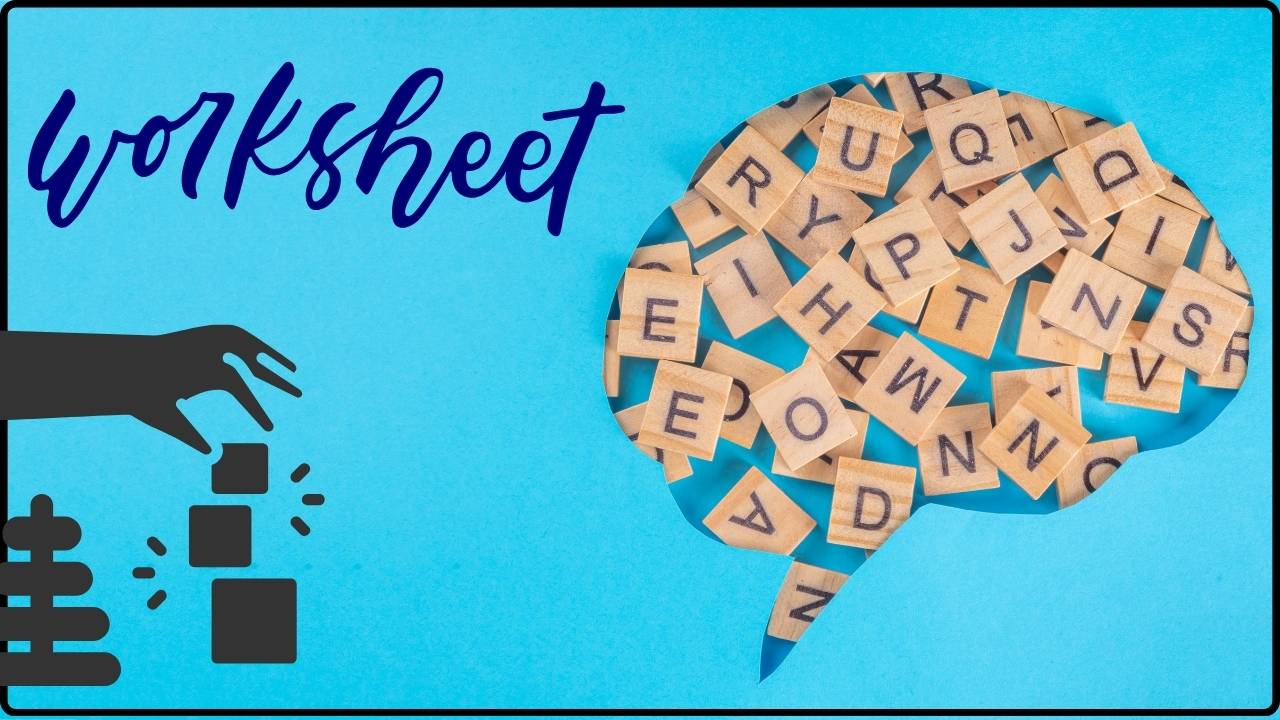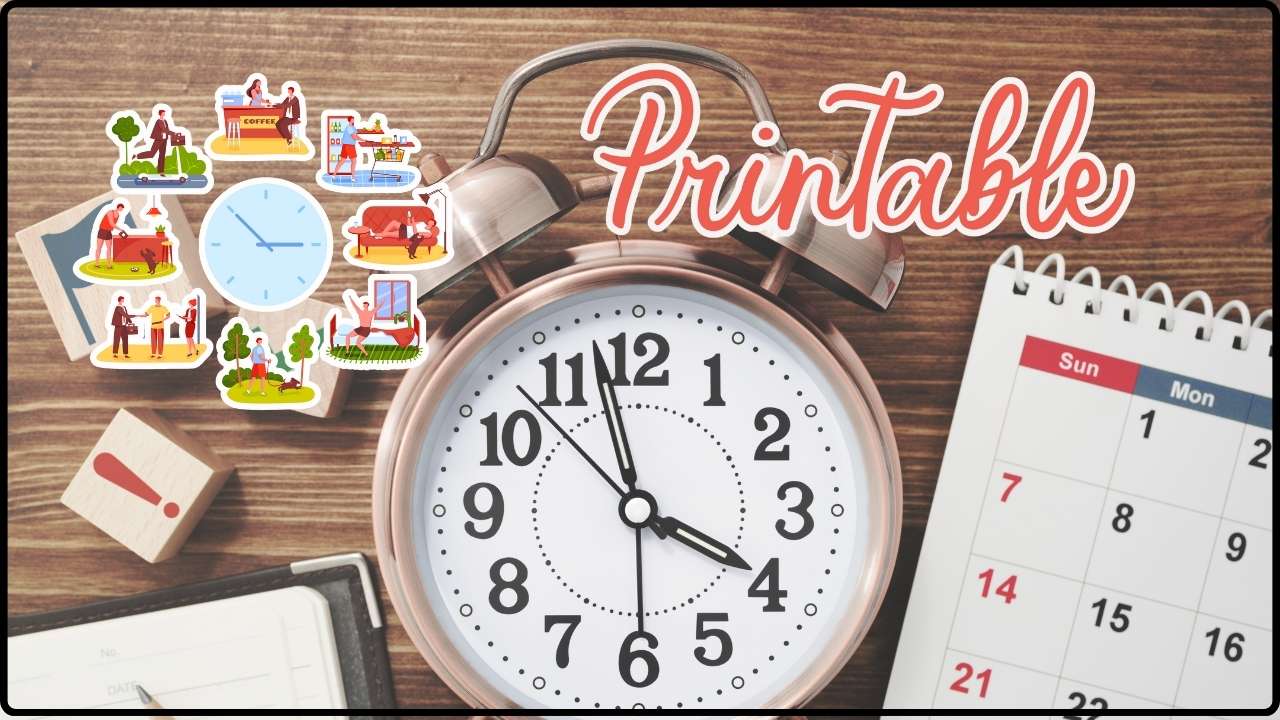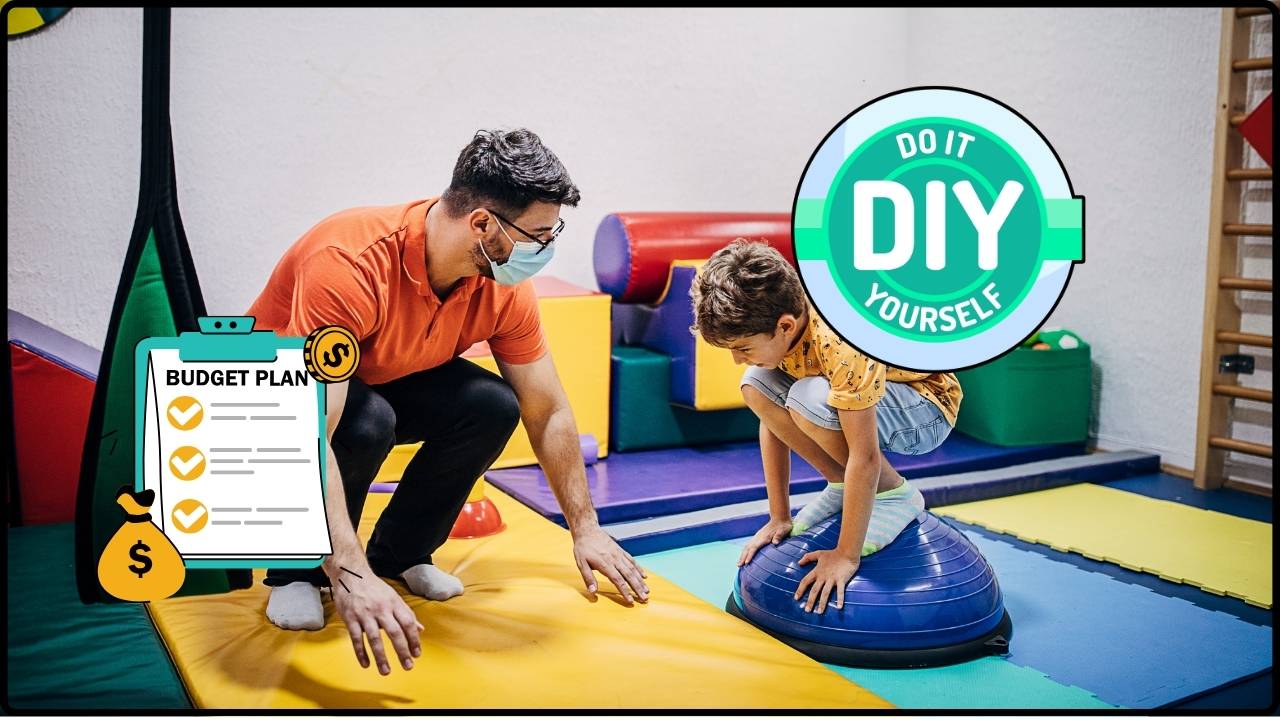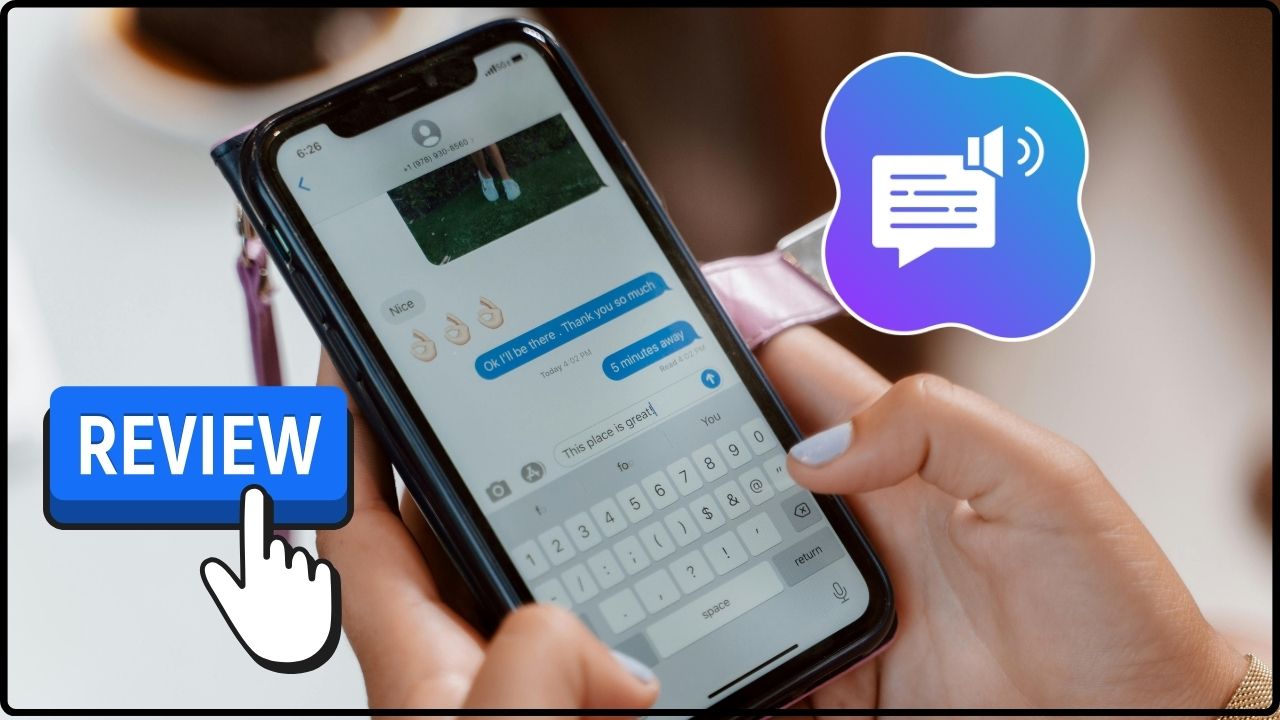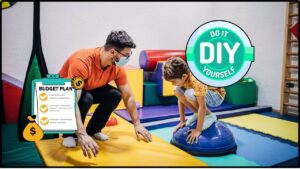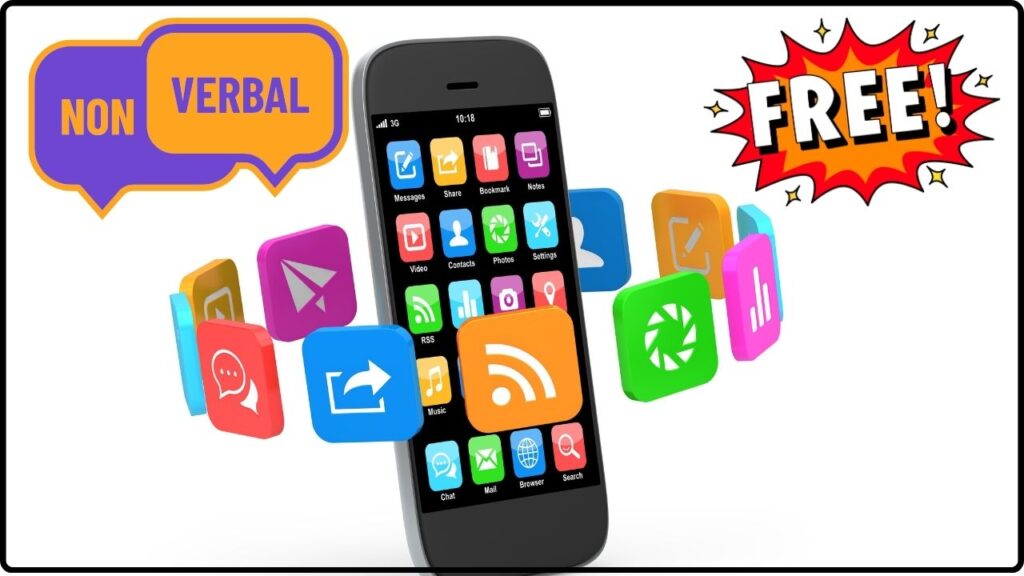
Best Free Android Apps for Non-Verbal Communication: Non-verbal communication apps have become vital tools for millions across the USA facing challenges in speaking due to autism, stroke, cerebral palsy, or other conditions. With a growing array of free, easy-to-use Android apps, individuals can finally express themselves without barriers. This comprehensive guide breaks down the best free AAC apps—including the open-source hero Cboard—and explains how caregivers, families, and professionals can maximize their benefits. Whether you’re a parent, speech therapist, educator, or a professional working with non-verbal individuals, this article is here to give you the real scoop—with a friendly yet authoritative tone that’s clear enough for a 10-year-old but packed with insights any expert will appreciate.
Table of Contents
Best Free Android Apps for Non-Verbal Communication
Non-verbal communication doesn’t have to mean no voice. Thanks to free Android apps like Cboard, Spoken AAC, and LetMeTalk, individuals across the USA have newfound ways to express themselves clearly and confidently. With vast symbol libraries, intelligent prediction, natural speech output, and offline accessibility, these tools break down communication barriers. Caregivers and professionals who understand this technology and patiently support its use can genuinely transform lives—fostering more independence, connection, and joy for those who need it most.
| Feature | Cboard | Spoken AAC | LetMeTalk | GoTalk NOW Lite | Avaz AAC |
|---|---|---|---|---|---|
| Cost | Completely Free | Free with premium option | Completely Free | Free version available | Free trial, paid thereafter |
| Symbol Set | 3400+ Mulberry Symbols | Word Prediction, Custom Vocab | 9000+ PECS Symbols | Customizable | Customizable Vocabulary |
| Language Support | 40+ Languages | English + Multi-language | Multi-language | Multi-language | Extensive incl. Indian |
| Offline Use | Yes (web offline on Chrome) | Yes | Yes | Yes | Yes |
| Text-to-Speech | Yes | Yes (natural human voices) | Yes | Yes | Yes |
| Best Suited For | Kids & Adults with speech impairments | Autism, Aphasia, Stroke | Kids with Autism | Beginners exploring AAC | Children with speech delays |
Why AAC Apps Are Game Changers?
Life without a voice can be a rough ride. Over 2 million Americans rely on Augmentative and Alternative Communication (AAC) to say everything from “I’m hungry” to “I love you” or even complex ideas. AAC apps turn smartphones and tablets into powerful communication tools. They replace frustration with understanding, isolation with connection, and silence with speech.
One major barrier non-verbal individuals face is social isolation. When communication is hard, social interaction plummets, leading to feelings of loneliness and exclusion. AAC apps combat that by giving users a way to voice their thoughts and emotions, promoting engagement with friends, family, and community. The emotional and psychological boost this creates is massive, improving mental health and overall wellbeing.
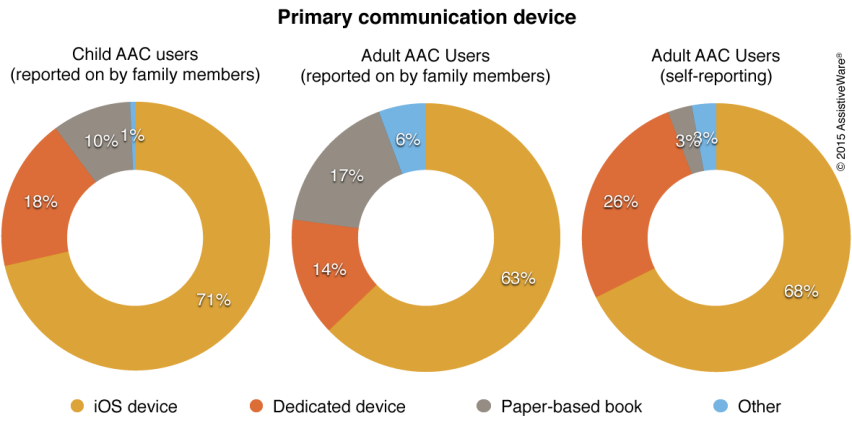
Real-Life Success Stories
Take Ryan, a 9-year-old from Texas with autism, who struggled to express himself beyond gestures. His mom introduced him to Cboard, customizing his board with symbols for school and home. Within weeks, Ryan was proudly using the app to communicate his needs and feelings, improving his confidence and cutting down on tantrums.
Or consider Maria, a stroke survivor from Ohio, who found Spoken AAC invaluable during rehab. Its intuitive word prediction allowed her to formulate sentences quickly, making it easier to talk with family and doctors. These real-world wins show how these apps do more than talk—they transform lives.
Another inspiring example comes from a special education teacher in California who integrated LetMeTalk into her classroom. Students who previously had little interaction began communicating basic needs and desires through the app, fostering greater independence and reducing frustration for both students and staff. These stories highlight how AAC apps support not just individuals but communities.
Deep Dive: How Best Free Android Apps for Non-Verbal Communication Work
At the heart of apps like Cboard and LetMeTalk are huge symbol libraries derived from Mulberry Symbols or PECS (Picture Exchange Communication System)—universally recognized icons representing everyday words and concepts. For users with limited reading skills or vocabulary, these symbols bridge the gap to meaningful communication.
Spoken AAC leverages AI-powered word prediction technology that learns from what users type or select, speeding up sentence building remarkably. This is especially helpful for users with motor difficulties or limited mobility, minimizing button presses while maximizing expression. The inclusion of text-to-speech engines converts tapped input into natural-sounding voice output, ensuring that users don’t just communicate silently but are heard loud and clear.
Many of these apps also allow for customization, letting users or their caregivers upload personal photos, add words specific to their lives, and create situational boards for different contexts—home, school, doctor’s appointments, or work settings. This flexibility is crucial for real-world usability.
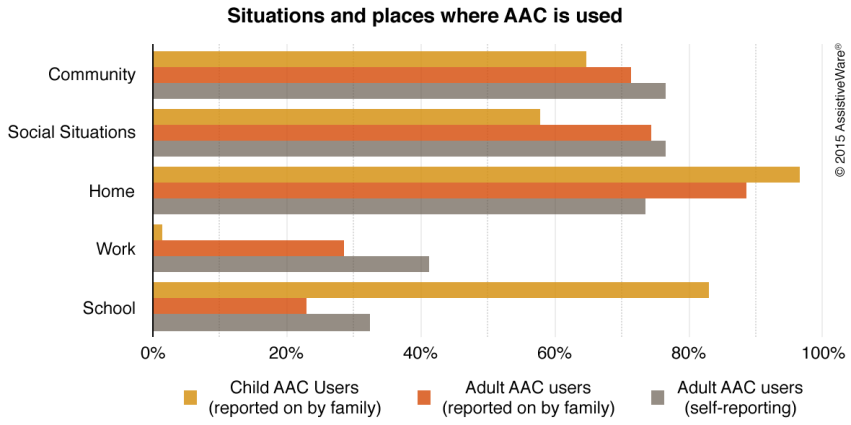
Practical Tips for Caregivers & Educators
- Start Simple: Focus on core vocabulary—words needed daily like “eat,” “more,” or “help.” Begin by teaching these words in natural, everyday contexts.
- Personalize Boards: Tailor symbol boards for common routines and environments—home, school, work. Use symbols that relate directly to the user’s life to boost engagement.
- Practice Together: Make app use a daily habit. Consistent practice helps muscle memory, familiarity with symbols, and promotes spontaneous communication.
- Encourage Independence: Allow users to explore the app with minimal interference, while being there for guidance. Celebrate all communication attempts, no matter how small.
- Train Key People: Teachers, therapists, and family members should know app functions to foster communication consistency across settings.
Including goal-setting during therapy or classroom sessions can help measure progress. For instance, starting with requesting basic needs through the app, then expanding to answering questions or expressing emotions.
Challenges & Solutions
While these apps pack a punch, users may face some hurdles like:
- Overwhelm from too many symbols: Simplify by curating boards to essentials. Use step-by-step expansion as skills grow to prevent frustration.
- Technical glitches or app updates: Ensure regular app updates. Apps like Cboard have active communities and forums where users and developers quickly solve bugs or suggest workarounds.
- Resistance to technology use: Some users may be hesitant or frustrated, especially adults new to AAC. Introducing apps in playful, low-pressure ways helps. Linking app use to positive reinforcement (like earning rewards) increases motivation.
- Device accessibility: Not everyone has tablets or funding. Schools, nonprofits, and government programs sometimes provide devices or loans. Local disability resource centers are good places to inquire.
Caregivers should stay patient and flexible, remembering that success with AAC apps often comes with time and a solid support network.
How to Get Started With Best Free Android Apps for Non-Verbal Communication: A Mini-Guide
- Assess the user’s communication needs and tech familiarity. Work with a speech therapist if possible.
- Try out different apps. Download and explore Cboard, Spoken AAC, LetMeTalk, and others—start with free versions.
- Customize vocabularies and boards. Tailor the app to daily routines and preferences.
- Incorporate app use into daily life gradually—mealtimes, outings, classrooms.
- Observe and adapt. Expand vocabulary and features as skills develop.
- Seek ongoing support from speech therapists, AAC specialists, or online communities.
Additional Resources and Support Networks
For more guidance, check out the American Speech-Language-Hearing Association (ASHA) and The Autism Society. Both provide tons of resources, from guides on AAC use to funding options for devices. Local speech clinics and non-profits can offer hands-on training and device loans. Online communities, forums, and Facebook groups for AAC users and caregivers also provide peer support, advice, and encouragement. Accessing these can make a world of difference in the AAC journey.



